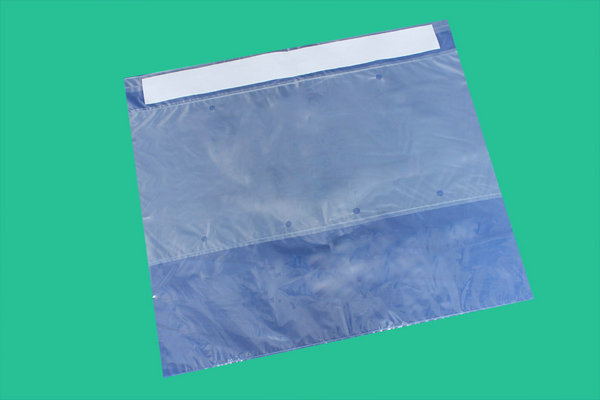Several common device protective covers
In the packaging and sterilization area of the disinfection supply center, when packaging sharp instruments, the sharp front end often punctures various packaging materials. Here are several uses Instrument protective cover Common methods for protecting equipment.
Pressure pulse zone
The front type is one we commonly use, which is to cut a pulse compression band into a small section and wrap it around the head. This material is relatively easy to obtain and is a relatively fast method. But the instruments vary in size, and the diameter of the pulse compression band is uniform, which leads to some instruments not being securely fitted and the pulse compression band not being able to withstand high temperatures.
B-D test paper
The second method is to cut the used disposable B-D test paper into small squares, and at the same time, cut two triangles at both ends, covering the sharp instrument tip. This material is also relatively easy to obtain and does not cause waste, suitable for different sizes of instrument tips, and the material is relatively sturdy. The disadvantage is that the used B-D test paper may have been contaminated, as it has undergone wet heat high-pressure sterilization, and its physical and chemical properties may have changed, making it time-consuming and laborious to produce. At present, some manufacturers are also selling such products, but there is limited data on these products. Whether they are suitable as protective materials requires more practical demonstration.
Paper plastic bags
The third method is also a more practical one, using a paper plastic bag of about 50mm, one side is sealed with a sealing machine, and the other end is placed on a sharp instrument. After comparison, it is packaged to form a so-called bag in bag. The advantage of this is convenience and speed, and at the same time, paper plastic bags can also be sterilized with high temperature or ethylene oxide. But will such a two-layer packaging affect the penetration of the sterilization medium and alter the sterilization effect. More practice is also needed to demonstrate.
Plastic protective cover
The latter type is less commonly used in clinical practice and there is also limited relevant data. From a structural perspective, using this protective cover may consider a convenient and time-saving issue. But whether this material will affect sterilization and whether the operation is practical remains to be verified.
Non woven fabric or wrinkled paper
It is time to roll non-woven fabric into a roll and cover it on the instrument. This operation is mainly for convenience, but it is equivalent to adding several layers of non-woven fabric packaging. Whether it will affect the sterilization effect also needs to be discussed.






